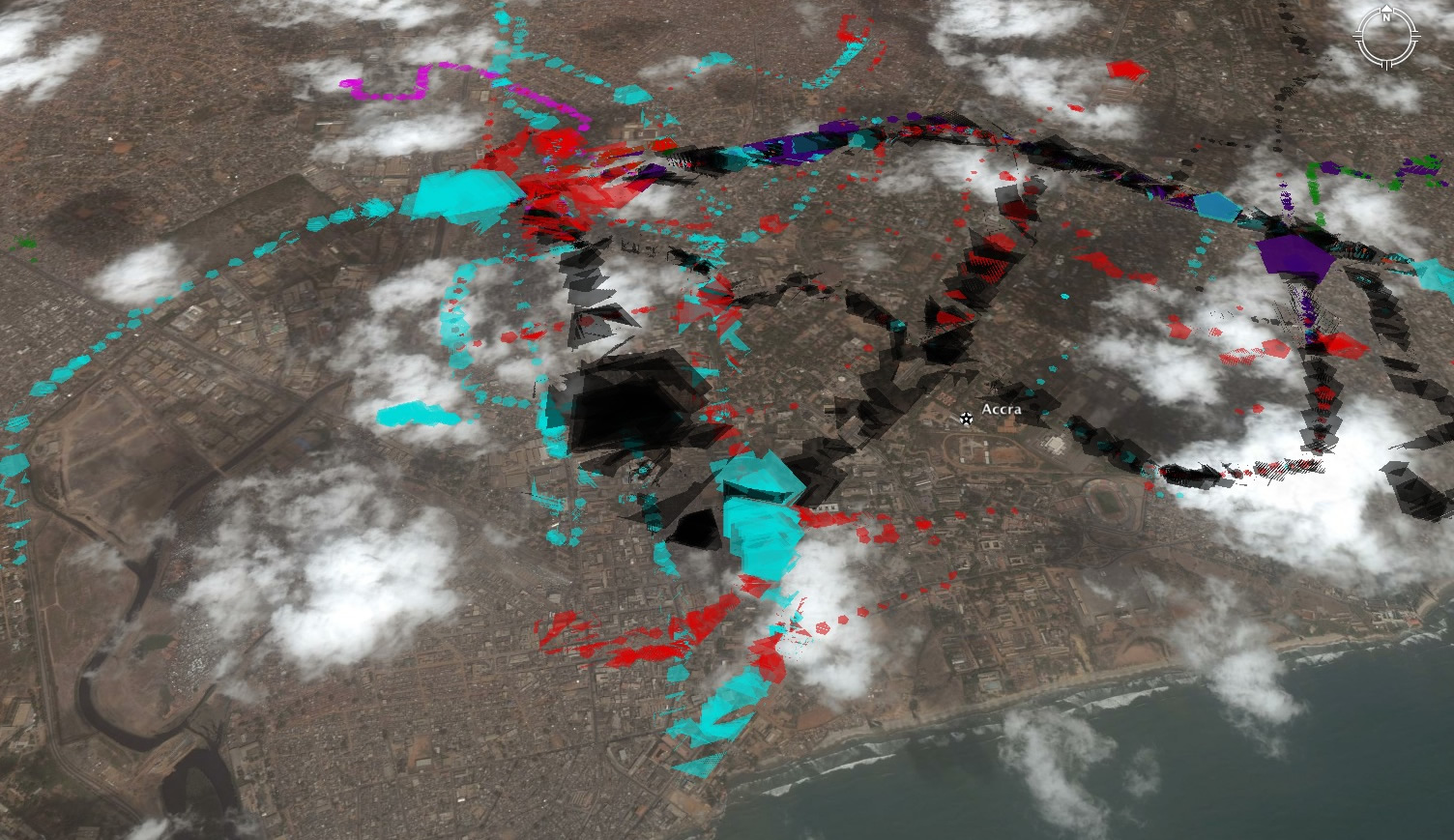
The Internet is crawling with social networking projects like Facebook, Myspace, and countless others that are organized around common interests. As Cass Sunstein, Lawrence Lessig and others have pointed out, to the extent that these projects allow individuals to focus on only the things of interest to themsleves, these kinds of social sites may lead to a diminished sense of connection with a broader public.
Eric Paulos (Intel Research Berkeley), Ian Smith (Intel Research Seattle), and RJ Honicky (UC Berkeley) recently announced an initative aimed at reconnecting individuals to the public they inhabit: "In the spirit of Urban Computing, Participatory Urbanism is the open authoring, sharing, and remixing of new or existing urban technologies marked by, requiring, or involving participation, especially affording the opportunity for individual citizen participation, sharing, and voice. Participatory Urbanism builds upon a large body of related projects where citizens act as agents of change. There is a long history of such movements from grassroot neighborhood watch campaigns to political revolutions. It is not a disconnected personal phone application, a domestic networked appliance, a mobile route planning application, an office scheduling tool, or a social networking service."





